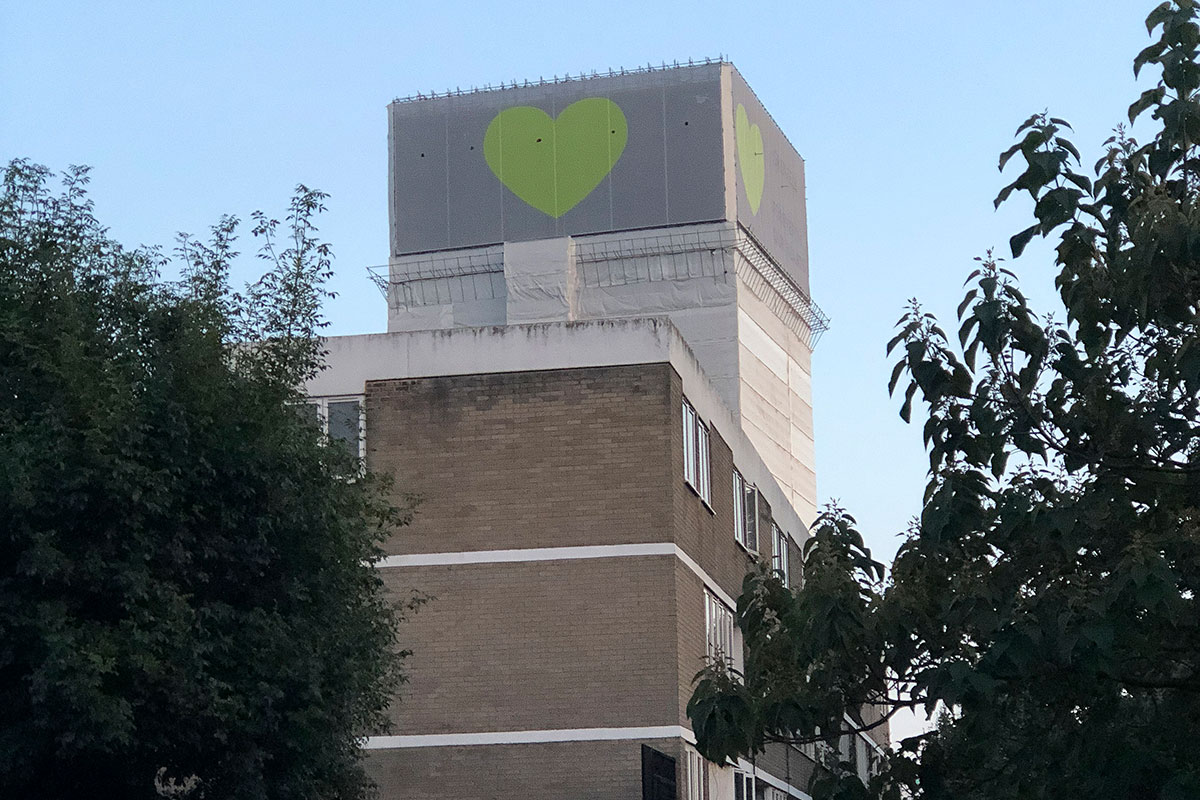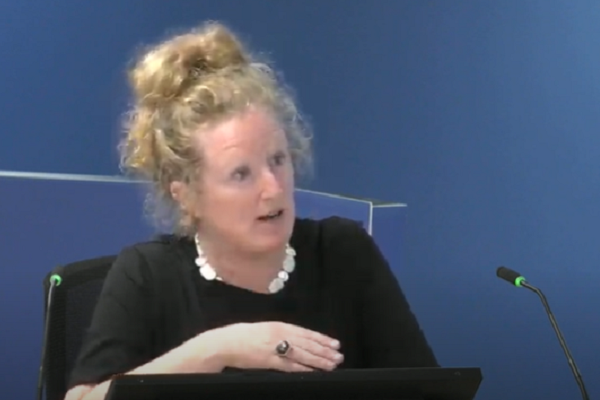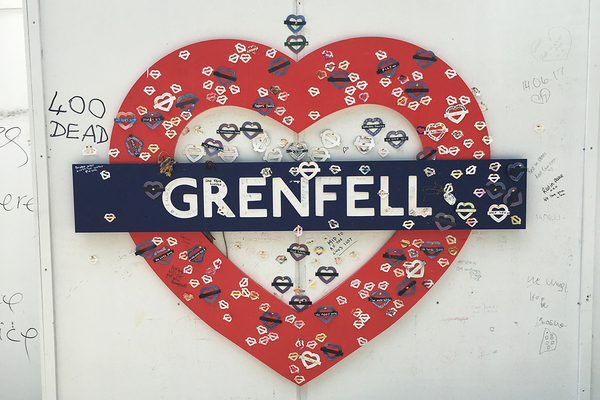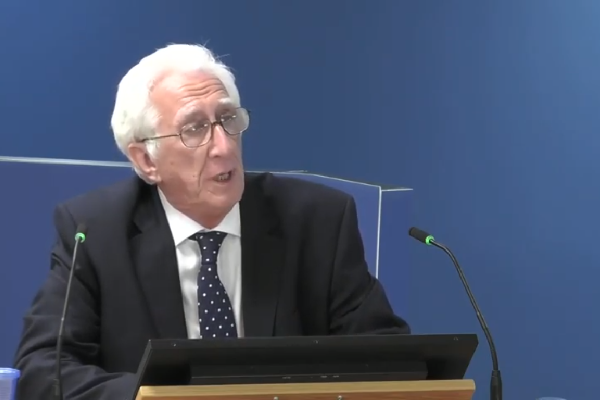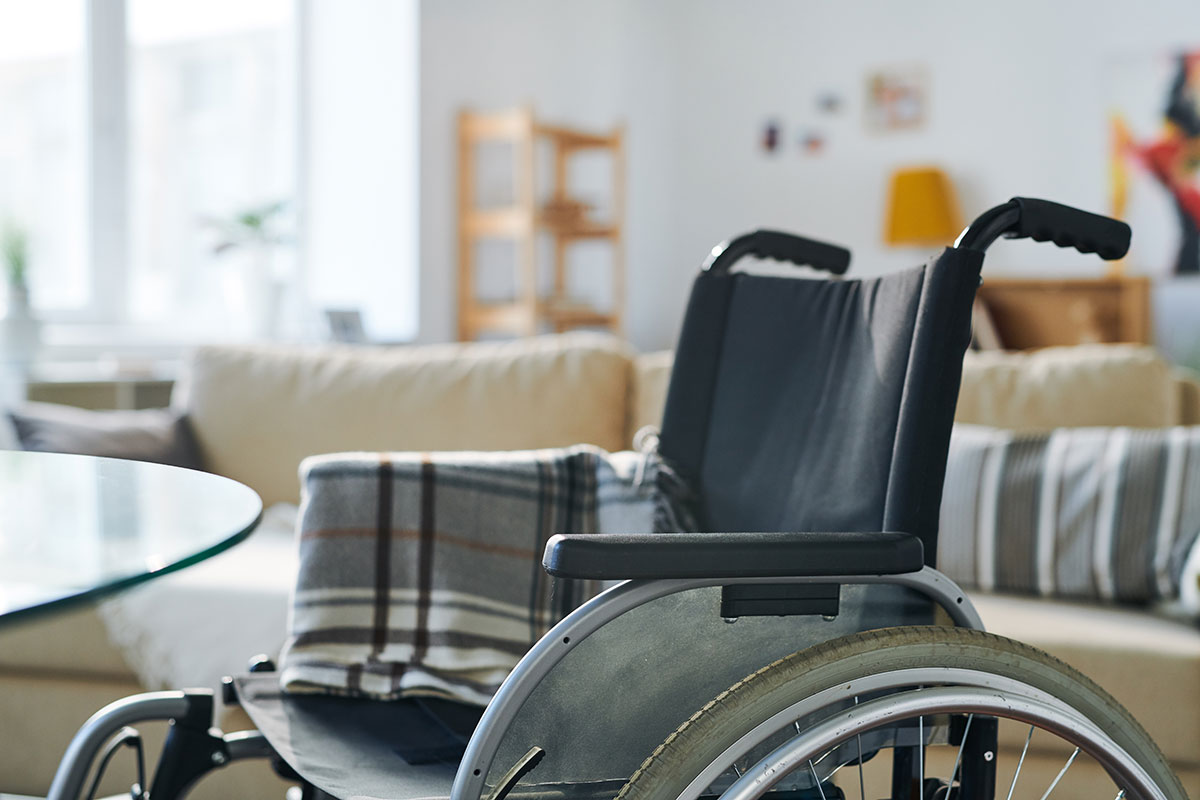Government rejects Grenfell Inquiry recommendations on evacuation of buildings as ‘not proportionate’
The government has announced it will not implement critical recommendations of the Grenfell Tower Inquiry which called for legal obligations to plan for the evacuation of high-rise buildings and disabled residents in the event of a serious fire.
In a consultation document published today, the Home Office said it does not believe it is “proportionate” to follow the recommendations and will continue to place its faith in ‘stay put’ advice in most buildings.
Instead, it is launching a new consultation on sharing the location of disabled residents with fire services, but will only apply this to buildings known to have serious fire safety issues.
The decision represents a major break from the recommendations of the first phase of the Grenfell Inquiry, which had said all building owners should be required by law develop a ‘plan B’ in case it becomes necessary to implement an evacuation.
This included a recommendation that residents with disabilities should be provided with ‘personal emergency evacuation plans’, or PEEPs, to facilitate their evacuation.
The inquiry found that “many more lives” could have been saved if Grenfell Tower had been evacuated when flames began ripping through the cladding system. It also noted that doing so in the absence of an established plan and without a means of alerting residents posed firefighters with a significant challenge.
It also heard that 15 of the residents unable to evacuate without assistance died in the fire – a much higher fatality rate than any other group.
The government had previously promised to implement the inquiry’s recommendations in full.
However, the Home Office said today, in a long-awaited response to its consultation on the issue, that there were “significant issues” with the “practicality, proportionality and safety” of PEEPS, adding that “we are currently unable to mandate PEEPs in high-rise residential buildings”.
It therefore said it intends to replace the proposal to require evacuation plans and PEEPs with “an alternative package of initiatives”.
The Home Office said that if it introduced a requirement for PEEPs, “the expectation is that responsible persons are likely to have no practical choice but to respond by ‘staffing up’ their building with a 24/7 presence”.
It estimated the cost of a single staff member at £8,800 to £21,900 per building per month, and that PEEPs would likely require many more staff, adding that this cost would have to be met by residents if introduced.
It rejected suggestions that reliance could be placed on friends, carers and neighbours, saying it was difficult for the building owner to make an “objective assessment of their suitability and reliability” and that “well-intentioned neighbours may behave differently on the day of an actual emergency”.
“Training would likely be needed, and this would represent a significant and ongoing responsibility for the responsible person to track and manage, at cost,” the consultation said.
The document added that the evacuation of residents with disabilities may put others at risk, saying: “A resident in an evacuation chair, aided by one or two people could potentially restrict the space available on a stairwell – which may be the only stairwell – and slow the evacuation of other residents.”
As a result, it is introducing a consultation on a new five-step proposal branded “emergency evacuation information sharing” (EEIS).
The proposed five steps are:
- Defining the building’s evacuation strategy: deciding whether the building should have general advice to stay put, or leave immediately in the event of a fire
- Identification of those who need support to evacuate: asking residents to “make themselves known… if they consider they would need support to evacuate”
- A person-centred fire risk assessment checklist: an assessment of in-flat risks of the resident who would struggle to evacuate, which the building owner would “review… and consider what might be reasonable for them to implement to mitigate against the risks identified”. However, it added: “Responsible persons currently have no statutory duties to implement in-flat prevention or suppression measures. We do not propose to change this. In-flat measures should remain largely for the resident to implement and finance.”
- Sharing information with local fire authority: to share the information about residents with disabilities either digitally or via a premises information box with local fire services
- The fire and rescue service to access and use this information in the event of a fire
However, the consultation said “it would not be proportionate to mandate the measures laid out in steps two to five in stay put buildings”, meaning that for the vast majority of buildings no process of identification will be put into effect.
The proposals therefore mark an effective abandonment of the core philosophy of the Grenfell Tower Inquiry’s phase one report: a plan B is required because it is not possible to place total reliance on stay put.
Evidence sessions at the inquiry in its second phase have continued to raise concerns about the absence of evacuation plans for buildings and disabled residents.
In September, Rita Dexter, former deputy assistant commissioner at the London Fire Brigade (LFB), said the stay put policy “can’t be trusted”.
She had written that the LFB’s application of stay put is “predicated upon an assumption that a building does not suffer from a lack of structural integrity and that the fire safety features will perform”.
She added: “Both the Lakanal and Grenfell fires demonstrate that this assumption can be wrong and fatal in its outcomes.
“The brigade cannot be expected to be certain that all of the buildings where they attend fires will be constructed or maintained in accordance with regulations and that it will ‘perform’ in any specified way if a fire occurs.”
Many other countries around the world have seen huge cladding fires pass with zero fatalities, because the block was evacuated before residents were trapped by smoke and flame.
The UK was an outlier at the time of the Grenfell Tower fire in placing total reliance on stay put – with the 72 deaths at Grenfell the highest fatality rate by far in any facade fire globally.
However, the rejection today of the inquiry’s recommendation means this reliance will continue for most buildings as we approach the five-year anniversary of the devastating blaze.
The inquiry had also recommended the provision of manual fire alarms, which could be activated by fire services on arrival to send evacuation signals to all or part of a building if a fire spreads out of control. This is not mentioned in the current consultation and has not yet been introduced as a requirement.
It is understood researchers from the University of Central Lancashire carried out a major exercise alongside the LFB last week to test the evacuation of a high-rise building.
It is not clear how this research, which is funded by the Home Office, will fit into the current plan.
While it was rarely enforced, pre-Grenfell law and guidance was clear that all residents must be able to evacuate a building unaided, with only a 2011 guide published by the Local Government Association on “purpose built blocks of flats” suggesting this was unnecessary for disabled residents in general needs blocks of flats.
This means that today’s consultation effectively proposes a watering down of the pre-Grenfell legal position.
A group supporting disabled residents in dangerous blocks, Claddag, said they were “sickened” by the government’s proposals when they were first floated in the House of Lords last month.
The PEEPs saga: a timeline

June 2017
The Grenfell Tower fire kills 72 people, after they were advised to ‘stay put’ despite flames ripping through the building. Fifteen of those killed had mobility issues which hindered their ability to escape.
October 2019
The Grenfell Tower Inquiry’s first phase report follows advice of internationally respected experts to recommend legal requirements for personal emergency evacuation plans (PEEPs) and general evacuation plans for all buildings. Prime minister Boris Johnson promises to implement the recommendations in full.
April 2020
A behind-closed-doors meeting sees housing and fire industry experts criticise the proposals for evacuation plans and PEEPs, branding them “completely impracticable and not doable”.
July 2020
The government quietly waters down the recommendation of PEEPs in its first consultation on the implementation of the inquiry’s recommendation, suggesting they be introduced for buildings with known fire safety issues only.
October 2020
The relatives of Sakina Afrasehabi (pictured above), a disabled woman killed in the fire, threaten a judicial review of the decision not to implement the inquiry’s recommendations
June 2021
The Home Office launches a new consultation specifically on the issue of PEEPs
April 2022
Building safety minister Lord Greenhalgh tells the House of Lords that the government will not implement PEEPs and will pursue information sharing instead
May 2022
A consultation document published by the Home Office says PEEPs and evacuation plans for all buildings are not proportionate and suggests introducing information sharing for buildings with known fire safety issues only
Is it possible to provide a PEEP in a high-rise?
The Grenfell Inquiry considered the evidence of four expert witnesses on evacuations, and only one – Colin Todd – recommended sticking with existing stay put guidance.
Mr Todd was also the primary author of LGA guidance before Grenfell, which advised reliance on stay put, and is a director of the FIA.
While there are undoubtedly practical challenges with regard to the provision of PEEPs, Inside Housing has spoken to experts who believe it can be done.
Elspeth Grant, a consultant and specialist on PEEPs at Triple A Consult, said: “Non-disabled people would never accept being in a building they could not get out of in a fire, so why should disabled people accept it?
“It is actually already a legal requirement: Article 14(B) of the Regulatory Reform and Fire Safety Order says everyone should be able to evacuate a building and every single piece of guidance backs that up – with the exception of [Mr Todd’s] LGA guide.
“But within the fire and rescue service and industry, it’s endemic from top down to bottom up that they have never wanted to enforce that requirement when it comes to disabled people.”
She said developing PEEPs required talking to the affected residents and establishing what help they have in the building, including partners or neighbours.
Changes can then be introduced to the physical environment such as multiple handrails on the stairs and the provision of evacuation chairs and stair climbers.
“To develop the plan, somebody has to go round and talk to the person,” she says. “One of the main reasons organisations don’t want to do it comes down to money.”
Phil Murphy, a former firefighter and high rise safety consultant, added: “Perhaps you have a carry chair, perhaps you have suppression systems and Grade C detectors in every room.
“There are a range of things you can start to do by asking this question, all of them are about asking people what works best for them and about using the available data, the evidence, to intelligently direct fire safety resources towards those groups that we know will benefit most from having them.”
Sign up for our weekly Grenfell Inquiry newsletter
Each week we send out a newsletter rounding up the key news from the Grenfell Inquiry, along with the headlines from the week
Already have an account? Click here to manage your newsletters
